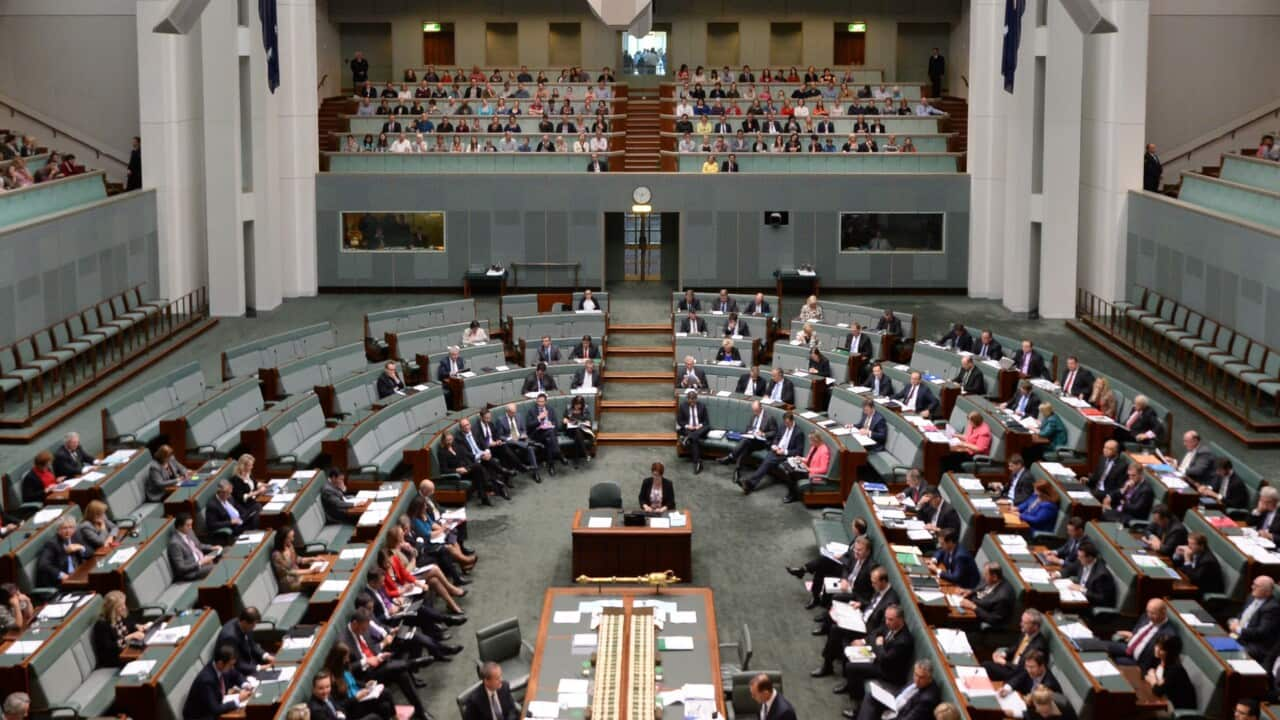By voting at elections for the House of Representatives, voters elect someone to represent them in the House.
In selecting their representatives, the voters - or electors - select the nation's government.
Under Australia's Constitution, each House of Representatives lasts for three years and three months from the day it convenes.
General elections are then held, and every seat in the House of Representatives must be contested.
If a seat in the House becomes vacant between general elections, for example if a Member resigns or dies, a by-election is held to elect a new Member to sit until the next general election.
Candidates for election to the House must be Australian citizens who are eligible to vote.
Every Australian citizen 18 years of age or older must enrol to vote, because voting in Australia is compulsory.
People who do not vote may be fined.
The system of voting used in elections for the House of Representatives is preferential,that is, voters have to rank all candidates in order of preference.
Voters are required to complete their ballot paper according to the rules for voting to ensure the vote is counted, or considered a 'formal vote'.
The preferential voting system aims to elect the candidate who is most representative of the wishes of an electorate.
A voting system no longer used in Australia, known as first-past-the-post, is still used in many countries today, including the United States, Canada and India.
Australia is currently divided into 150 electoral divisions, each represented by one Member.
Under the Constitution, each existing State is guaranteed at least five Members, but all states except Tasmania now have more, with the numbers depending on their population.
The Federal Parliament itself decided that the Australian Capital Territory and the Northern Territory should have at least one member each and the number of representatives for the Territories is determined by the number of electorates in each Territory.
States may gain or lose Members as a consequence of changes in population numbers.
Because of Australia's uneven distribution of population, electoral divisions differ greatly in area.
Currently, they range from the smallest -- the inner-Sydney seat of Grayndler at 32 square kilometres -- to the largest, Durack in Western Australia at 1.6-million square kilometres.
For more information on how to vote for the House of Representatives visit
